How to find new approaches to blues soloing – using fingerstyle improv ideas and Roy Buchanan-inspired licks
Jim Oblon takes an eight-bar rhythm and applies some fingerpicking ideas that could help get you out of a jam and put you right in the jam
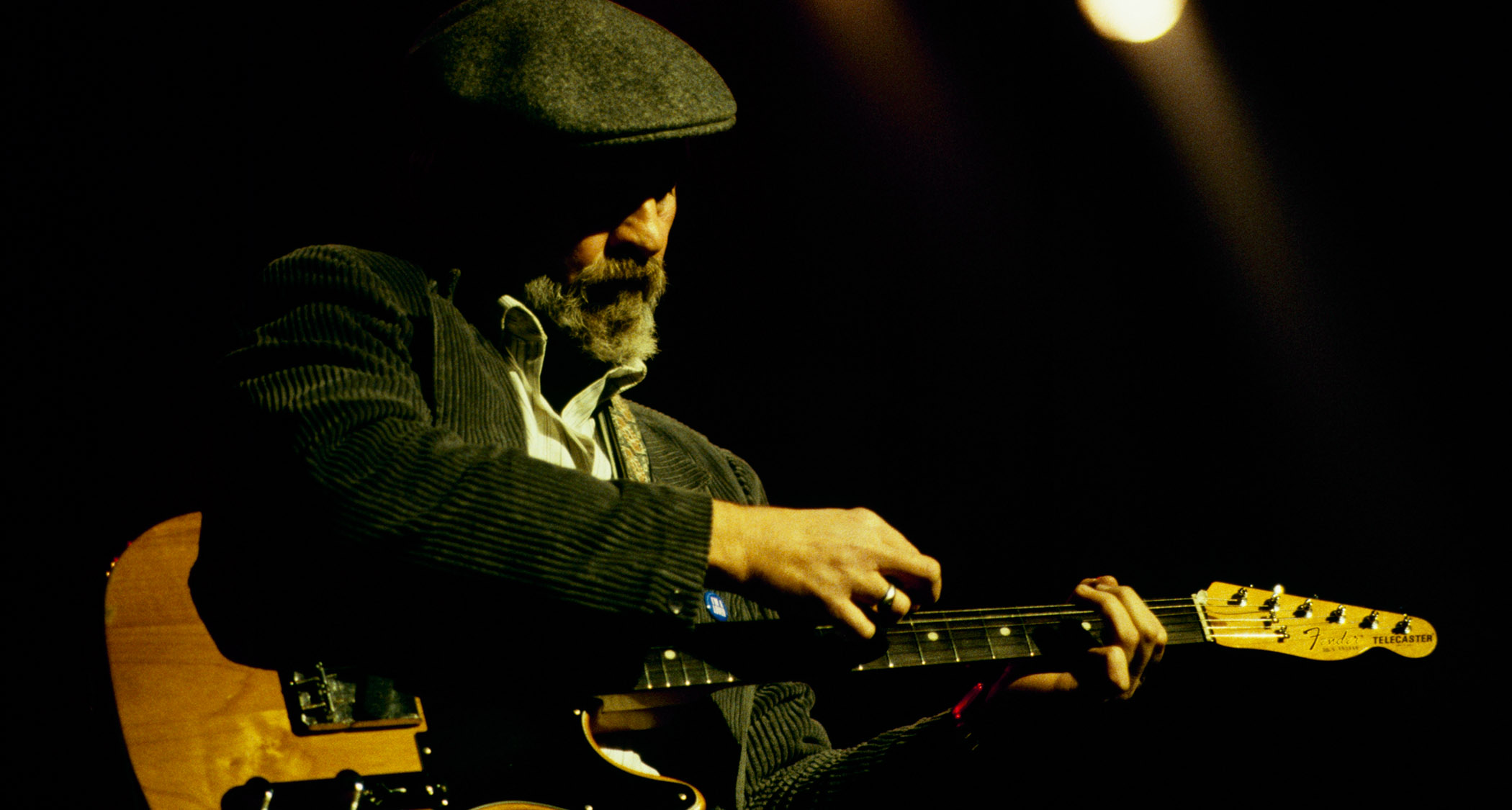
In my last column, I demonstrated a Jimmy Reed-inspired eight-bar rhythm figure played with a funky, syncopated half-time feel, moving from the I (one) chord, A7, to the V (five) chord, E7, and back to the I, A7.
As I almost always do, I perform the part with fingerpicking, using a thumbpick in conjunction with my first two fingers. I’d now like to demonstrate an improvised solo over this eight-bar rhythm part.
This eight-bar form consists of two bars of A7, followed by four bars of E7, and then wraps up with two bars of A7.
Very often, I like to “follow” the chords when soloing; this means that I base my lines on scales and/or arpeggios that relate directly to each of the chords in the progression.
Figure 1 presents an improvised eight-bar solo. In bars 1 and 2, over A7, the lines are based primarily on the A blues scale (A, C, D, Eb, E, G), with the inclusion of C#, the major 3rd.
This is a common device in blues soloing, as it strengthens the connection between the solo and the related dominant 7 chord, which in this case is A7 (A, C#, E, G).
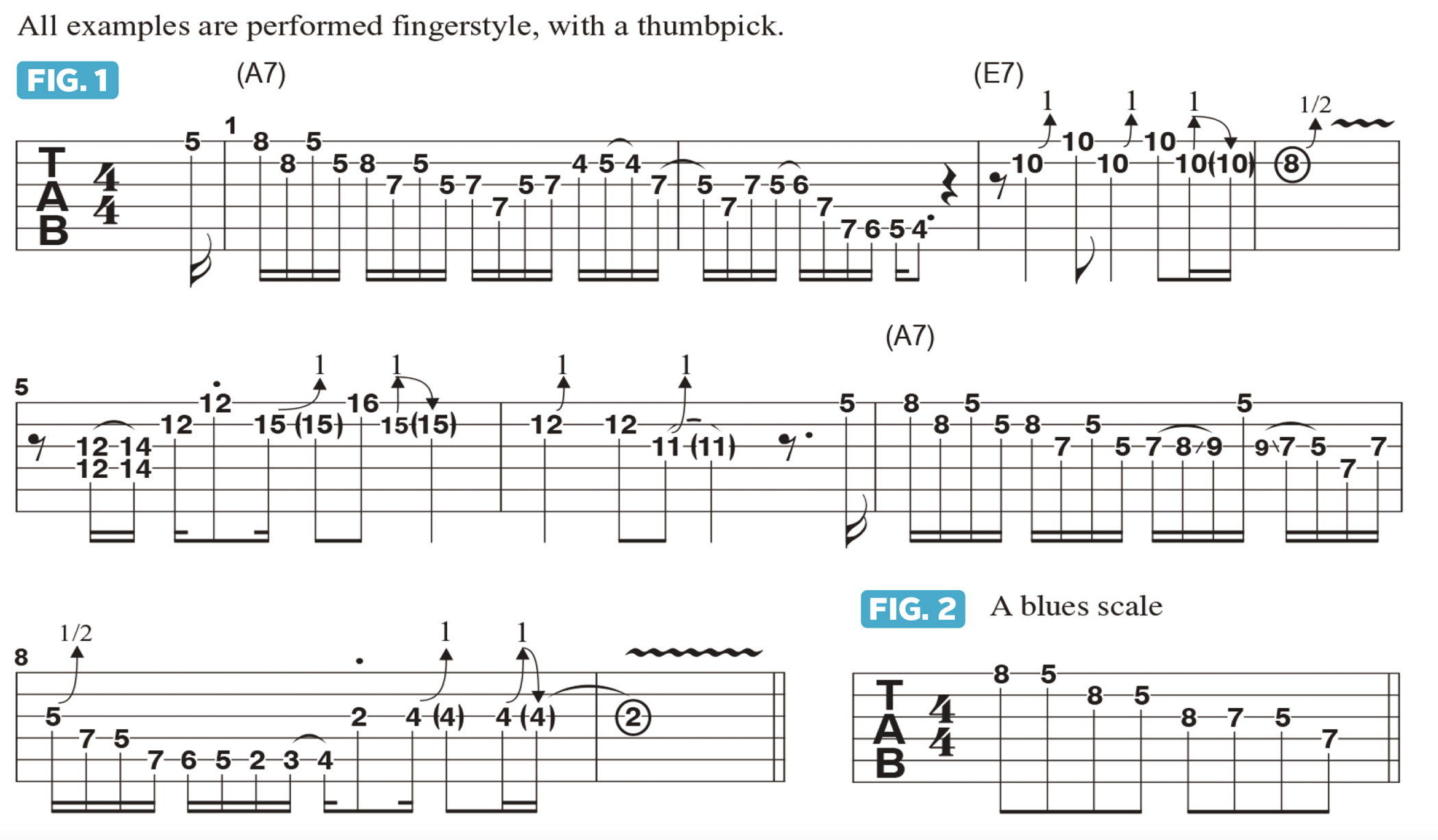
In bar 3, when the chord changes to E7 (E, G#, B, D) I move to lines based on E minor pentatonic (E, G, A, B, D) with the inclusion of the major 3rd of E, G#, in combination with some phrases based on E major pentatonic (E, F#, G#, B, C#).
Figure 2 illustrates the A blues scale in 5th position, which is the basis for the first lick in the solo.

In Figures 3 and 4, you can see that, for this first phrase, I alternate the order of the notes, starting on A and moving up a minor 3rd to C, and then down a 4th to G, then back up to A.
This up-down-up contour then continues through the A minor pentatonic scale in this position.

The up-down-up approach can also be applied to the A blues scale (A, C, D, Eb, E, G), as demonstrated in Figure 5. Here, the Eb note (the b5) is included in the pattern, which serves to add a slight change to the contour of the line.
At the end of bar 1 of Figure 1, I move down to 4th position to play Eb on the B string. This move is focused on in Figure 6. After sounding the Eb at the beginning of bar 1, I shift back up to 5th position and then finish the line with the ascending chromatic row B-C-C# on the A string.

Figure 7 represents the shift to E7 and E minor pentatonic, and Figure 8 illustrates a lick I learned from the great Roy Buchanan, starting with a double-stop hammer-on on the middle two strings, from D and G up to E and G#.
This is followed by an oblique bend: I bend D on the B string up to E while holding a G# on the high E string.

Figure 9 represents the way the solo wraps up, with a simple E major pentatonic lick followed by a restatement of the phrase that I began with.
This will be the last installment of Tele-Pathy for now, so I hope these columns have been helpful to you. Thanks for reading!
Get The Pick Newsletter
All the latest guitar news, interviews, lessons, reviews, deals and more, direct to your inbox!
Virtuoso guitarist/multi-instrumentalist Jim Oblon has toured and recorded with Paul Simon, Lucinda Williams and many others. His latest album is 2023’s I Wanna Be Loved.
You must confirm your public display name before commenting
Please logout and then login again, you will then be prompted to enter your display name.
“There are so many sounds to be discovered when you get away from using a pick”: Jared James Nichols shows you how to add “snap, crackle and pop” to your playing with banjo rolls and string snaps
“The intensity of Rory’s guitar playing – the emotion, the sound and his incredible attack – was mindblowing for me”: Joe Bonamassa pays tribute to the late, great Irish blues-rock icon Rory Gallagher

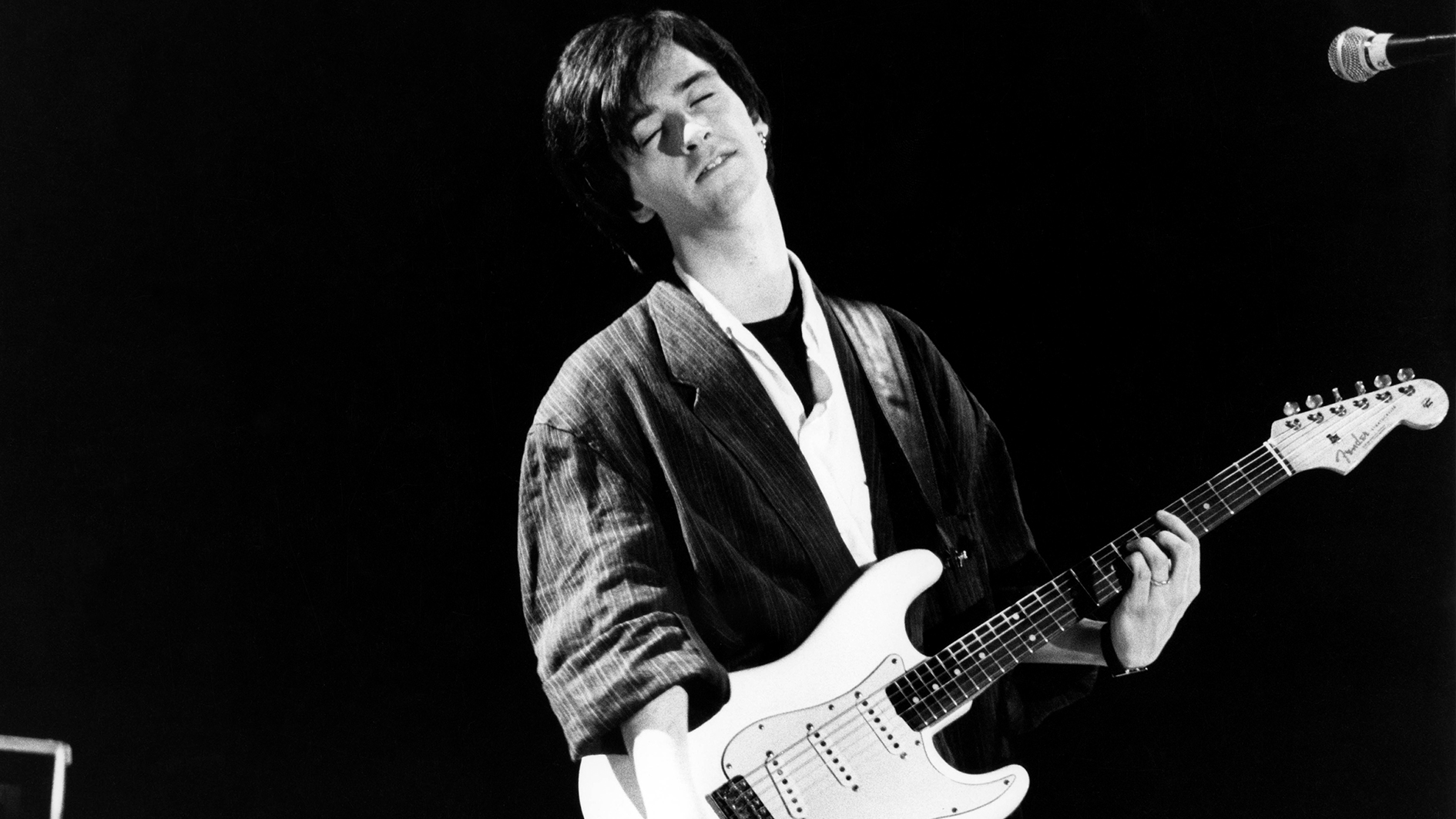





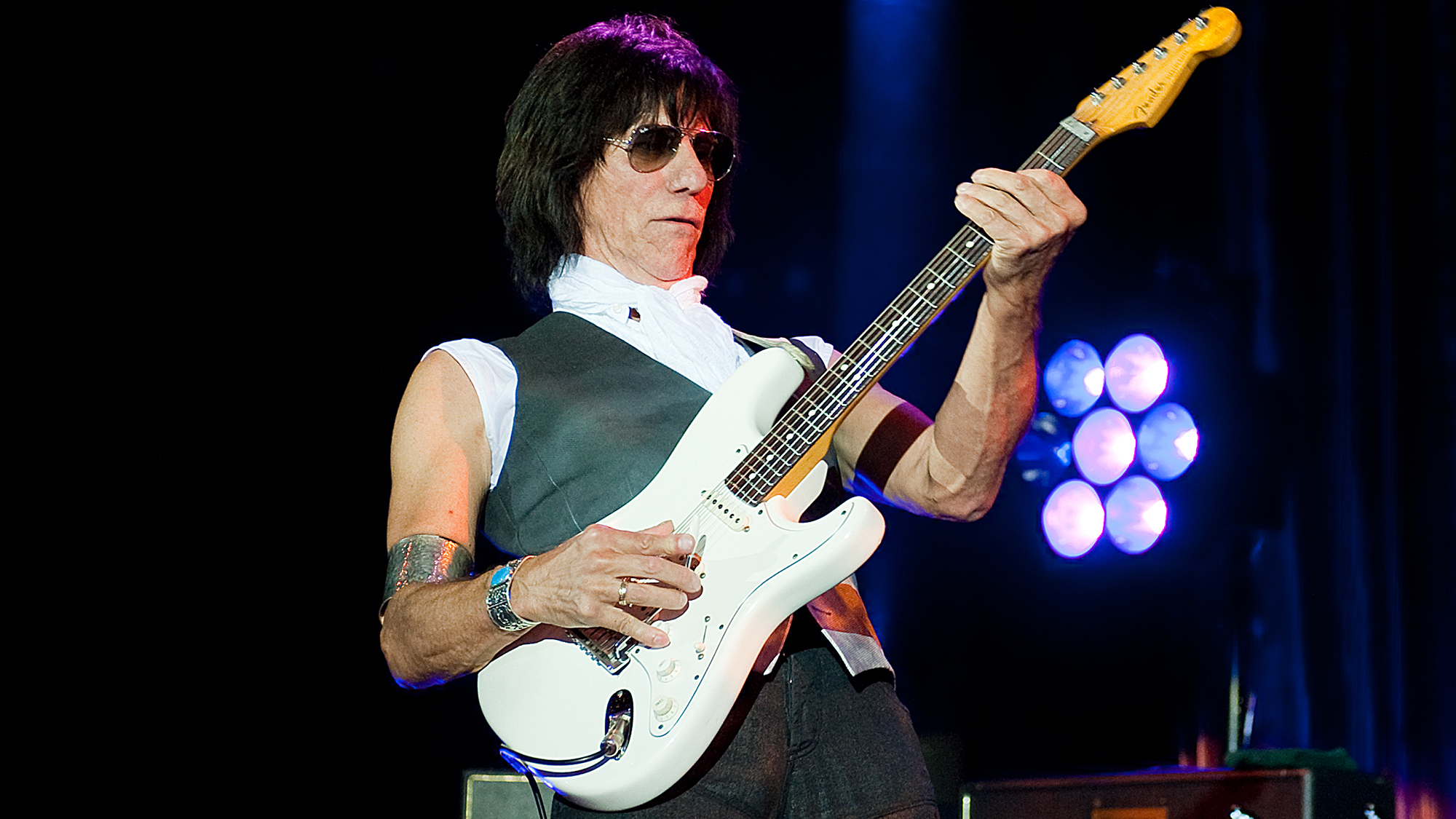
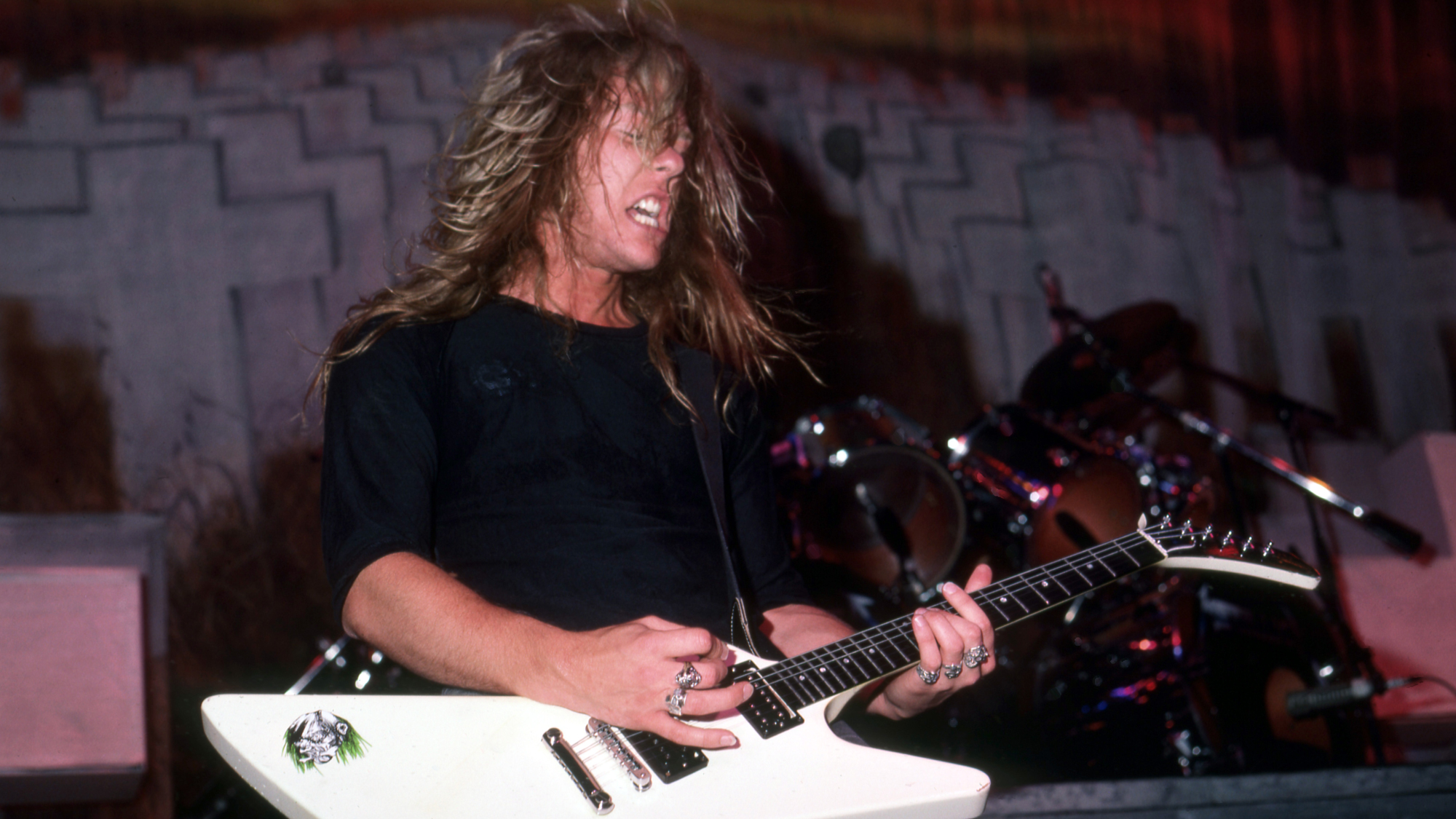
![Joe Bonamassa [left] wears a deep blue suit and polka-dotted shirt and plays his green refin Strat; the late Irish blues legend Rory Gallagher [right] screams and inflicts some punishment on his heavily worn number one Stratocaster.](https://cdn.mos.cms.futurecdn.net/cw28h7UBcTVfTLs7p7eiLe.jpg)

